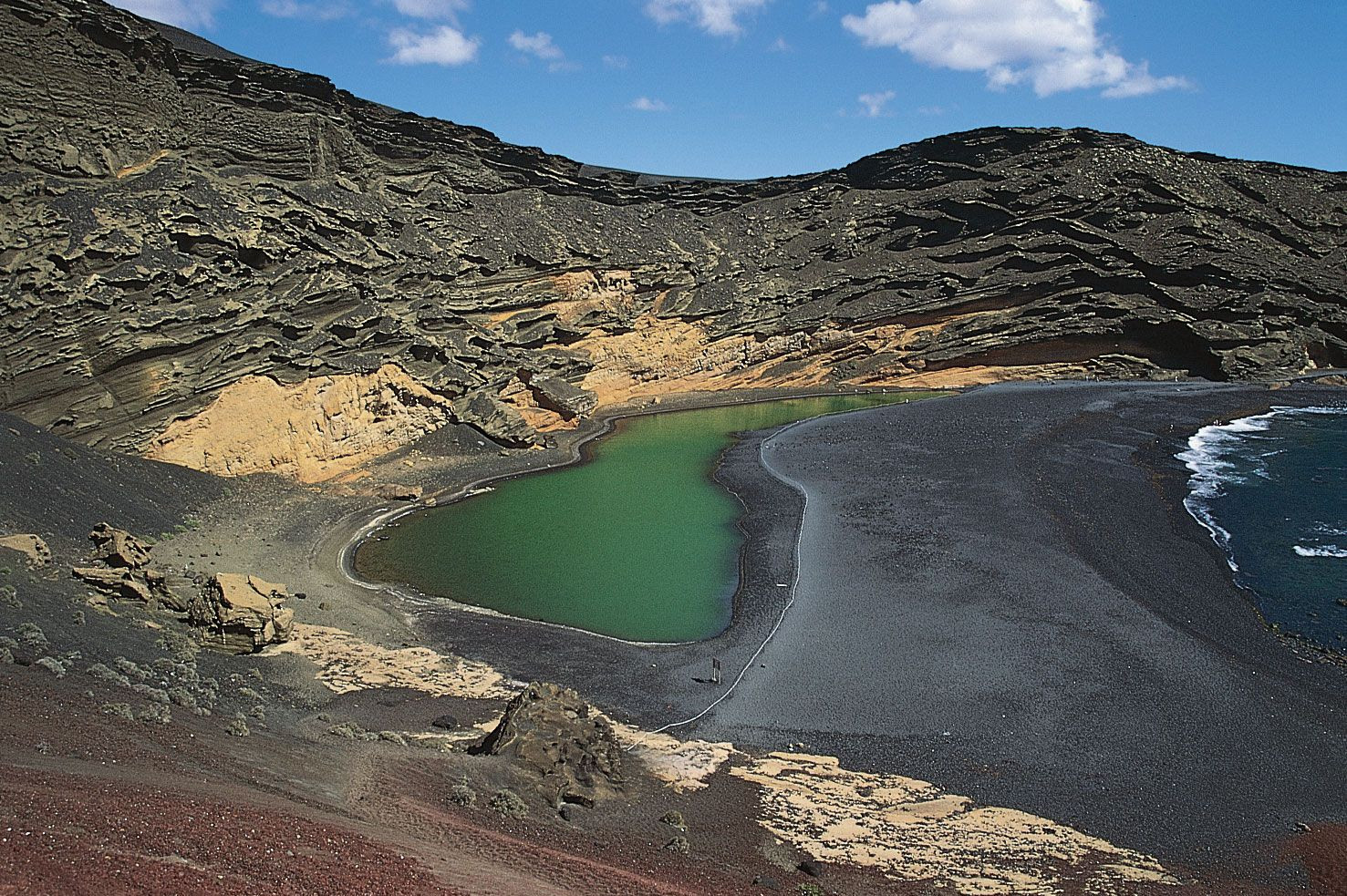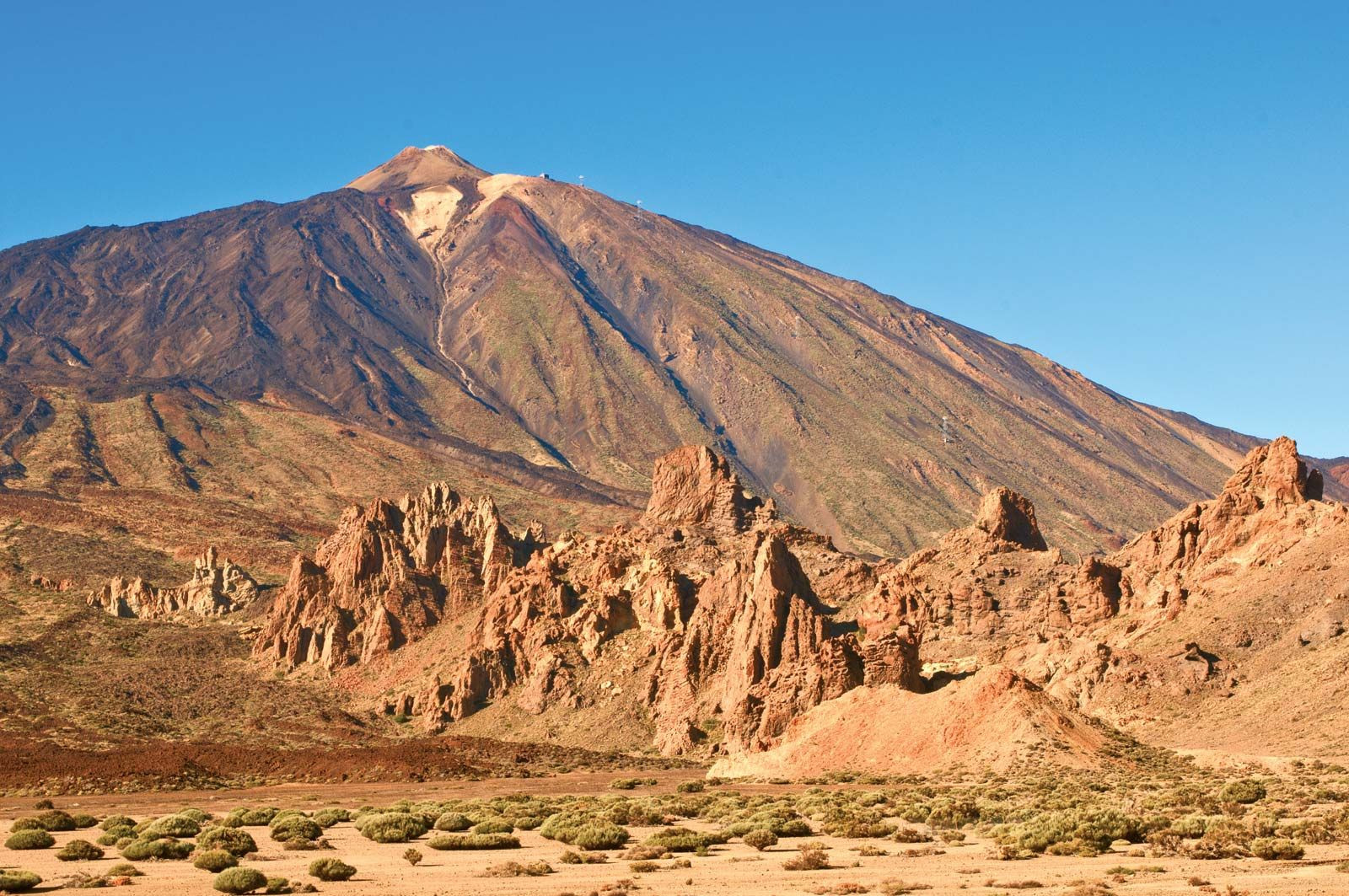The Canary Islands, a captivating archipelago, are a Spanish comunidad autónoma situated in the Atlantic Ocean. Often referred to in Spanish as Islas Canarias or Islas Canarius, these islands are not just any Spanish territory; they hold a unique geographical position. The closest island is a mere 67 miles (108 km) off the northwest African mainland, strategically placed off the coasts of Morocco and Western Sahara.
Geographically, the Canaries are part of Macaronesia, and are closer to Africa than mainland Europe. Administratively, they are divided into two Spanish provinces: Las Palmas and Santa Cruz de Tenerife. These provinces encompass the insular councils of Gran Canaria, Fuerteventura, Lanzarote, Tenerife, La Palma, La Gomera, and Ferro. Santa Cruz de Tenerife serves as the capital, anchoring this autonomous community that was officially established on August 10, 1982. Spanning an area of 2,875 square miles (7,447 square km), the islands are home to a substantial population, estimated at 2,153,389 in 2019.
 El Golfo lagoon, Canary Islands, Spain
El Golfo lagoon, Canary Islands, Spain
El Golfo lagoon in Lanzarote, Canary Islands, Spain, showcasing the volcanic landscape and unique geological features of the archipelago.
Canary Islands Geography: A Tale of Two Groups
The geographical layout of the Canary Islands is quite distinctive, naturally dividing the archipelago into two main groups based on their physical characteristics. The western Canaries—Tenerife, Gran Canaria, La Palma, La Gomera, and Ferro—are characterized by dramatic mountain peaks rising sharply from the deep Atlantic seabed. In contrast, the eastern group, consisting of Lanzarote, Fuerteventura, and six smaller islets, sits atop the Canary Ridge, a submarine plateau elevating approximately 4,500 feet (1,400 metres) from the ocean floor.
This diverse topography is a result of volcanic activity that occurred millions of years ago, shaping the islands into the stunning landscapes we see today. The western islands are particularly mountainous, with all exceeding 4,000 feet (1,200 metres) in elevation. Notably, Teide Peak on Tenerife stands as the highest point in Spain, reaching an impressive height of 12,198 feet (3,718 metres).
 Teide Peak, Canary Islands, Spain
Teide Peak, Canary Islands, Spain
Teide Peak majestically rising above the volcanic terrain of Tenerife, Canary Islands, Spain, illustrating the mountainous nature of the western group of islands.
Climate and Nature: Subtropical Beauty
The Canary Islands boast a subtropical climate, ensuring consistently warm temperatures with minimal seasonal variation. In Las Palmas city, for instance, average afternoon temperatures hover around the high 70s°F (about 26°C) in August and only slightly cooler at about 70°F (21°C) in January. Precipitation is relatively low, mainly occurring in November and December, and rarely surpasses 10 inches (250 mm), except on the northeastern, windward sides of the islands where it can reach up to 30 inches (750 mm).
This mild climate and fertile volcanic soils foster a rich array of vegetation, distributed in zones according to altitude. From sea level up to about 1,300 feet (400 metres), you’ll find plants suited to hot, arid conditions, alongside cultivated areas producing bananas, oranges, coffee, dates, sugarcane, and tobacco. Moving to elevations between 1,300 to 2,400 feet (400 to 730 metres), a more Mediterranean climate prevails, supporting crops like cereals, potatoes, and grapes. Higher altitudes, above 2,400 feet, experience cooler temperatures, nurturing forests of holly, myrtle, laurel, and other tree species.
Lush laurel forest within Garajonay National Park on La Gomera island, Canary Islands, Spain, showcasing the diverse vegetation supported by the islands’ climate and altitude.
A Blend of History and Modernity
The Canary Islands have a rich history, originally inhabited by the Guanches, Berber people who were later assimilated after the Spanish conquest in the 15th century. The islands were known to the Romans, thanks to accounts from Juba II, king of Mauritania, around 40 BCE. References to “Canaria,” named for its “multitude of dogs,” appeared in writings by Pliny the Elder. Arabs also made contact in the 10th century, and European navigators from Genoa, Majorca, Portugal, and France visited during the 13th and 14th centuries.
Jean de Béthencourt initiated the Spanish conquest in the early 15th century, a process completed by 1496. The Canary Islands became a crucial base for Spanish voyages to the Americas, famously used by Christopher Columbus to resupply his fleets. In more recent history, the islands served as General Francisco Franco’s initial staging point for the Nationalist revolt in 1936.
Today, tourism is a major industry in the Canary Islands, flourishing since the 1950s. Agriculture remains important, with bananas as a leading crop, alongside tomatoes and flowers. Las Palmas and Santa Cruz de Tenerife are bustling ports and popular tourist destinations, especially during the winter months. While manufacturing is primarily small-scale, Santa Cruz de Tenerife hosts a significant petroleum refinery.
In conclusion, the Canary Islands are located in the Atlantic Ocean, off the northwest coast of Africa, forming a unique Spanish archipelago with diverse geography, climate, and a rich historical tapestry. Their strategic location has made them a crossroads of cultures and a sought-after destination for travelers worldwide.
